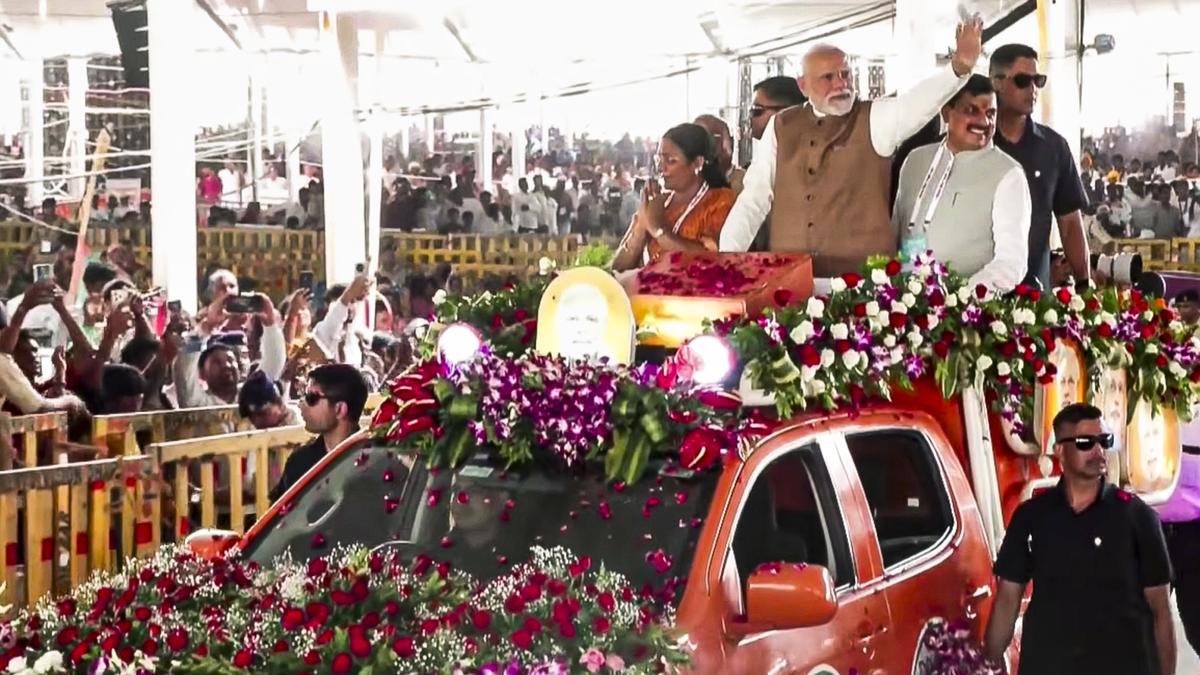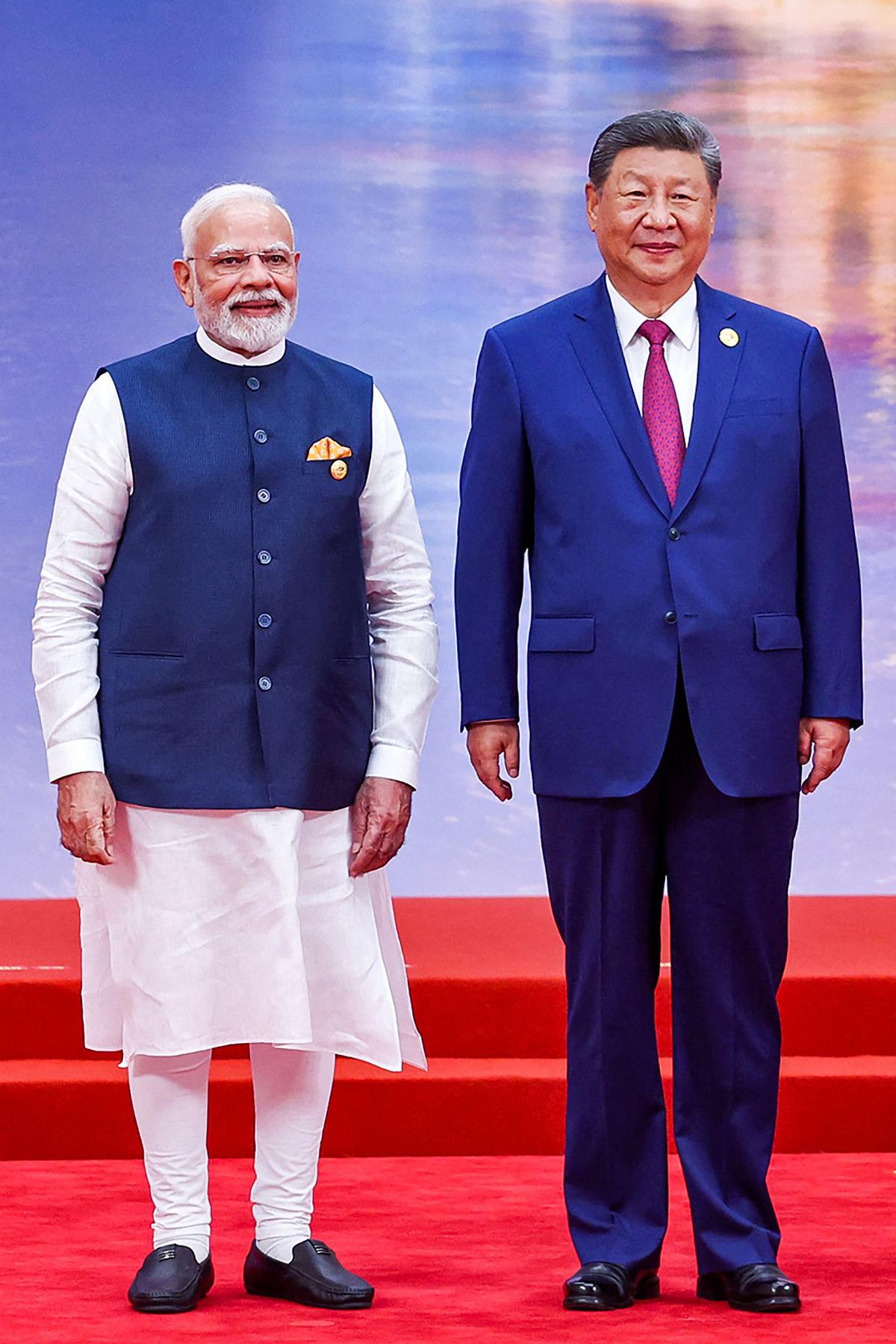Now Reading: Yellow Line Eases South Bengaluru Traffic by 37.5% During Peak Hours
-
01
Yellow Line Eases South Bengaluru Traffic by 37.5% During Peak Hours
Yellow Line Eases South Bengaluru Traffic by 37.5% During Peak Hours
Swift summary
- Impact of Yellow Line Metro (R.V. Road-Bommasandra Route):
– Traffic congestion reduced by 38% (morning peak) and 37% (evening peak) on weekdays.
– Weekend congestion decreased by 69% in the morning and 39% in the evening during peak hours; non-peak hours saw a drop of 58%.
- Findings from ASTraM Study:
– Data compared August ancient trends with August post-launch effects.
– Morning congestion length dropped substantially across all days, particularly Fridays (22.03 km to 9.19 km).
- Observations by Bengaluru Traffic Police:
– Major relief at junctions: BTM Circle, Silk board Junction, Madiwala, Hosur Main Road.
– Smaller roads now easier to manage due to reduced bottlenecks.
- Public Feedback:
– Metro is preferred for health and time savings despite challenges like overcrowding and long intervals between trains.
- Challenges Noted:
– Non-peak hour traffic increased slightly on Mondays (+25%) and Wednesdays (+21%).
– Current waiting time at metro stations remains high due to fewer train sets; interval reduced from previous delays but still at a manageable level of ~19 minutes.
Indian Opinion Analysis
The opening of the Yellow Line represents significant progress in addressing Bengaluru’s chronic traffic woes through infrastructure expansion. A reduction in congestion by over one-third underscores the importance of investing in public transit systems for urban dynamism and environmental benefits. The data points out actionable insights where further train additions or operational refinements can address persisting issues like overcrowding.
While reports highlight betterment for major junctions such as Silk Board, secondary roads also benefited-a crucial factor for decentralizing traffic management efforts city-wide. Though, heightening non-peak-hour pressure indicates complexity beyond just commuting trends on certain days like Monday or Wednesday that policymakers might explore further operational tweaks for consistency.For sustained impact amid increasing passenger demand revealed through commuter reactions-efficient fleet scaling should ideally serve as BMRCL’s top priority moving ahead!
Read more: The Hindu
























